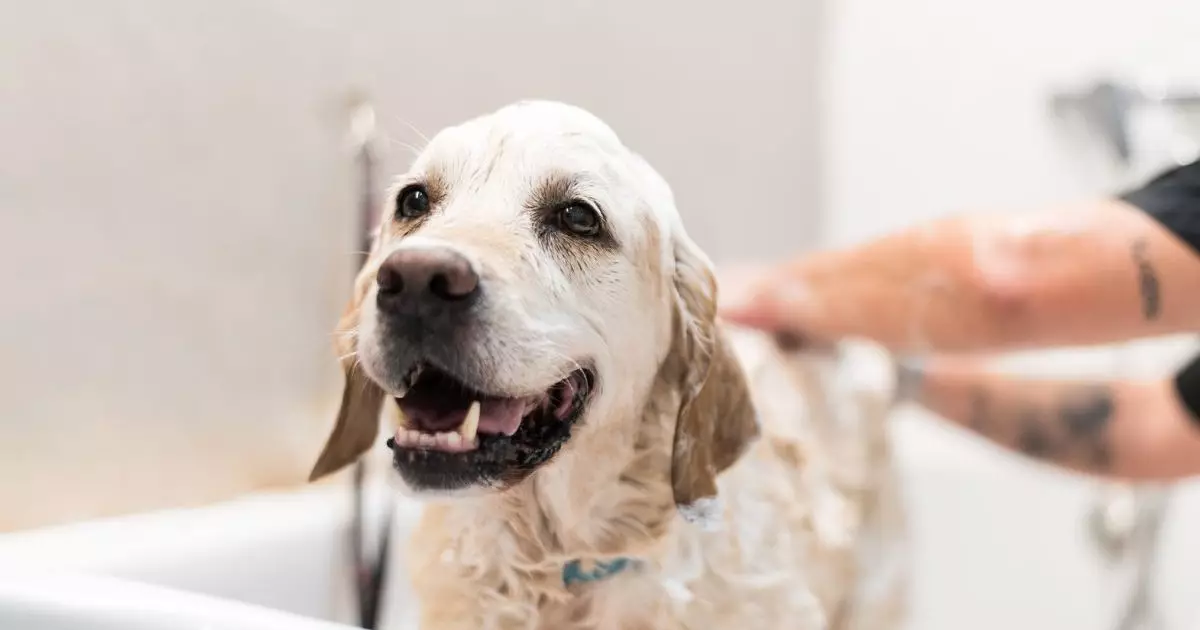Bathing your dog is often met with resistance, but it is undoubtedly a vital part of maintaining their health and hygiene. Beyond the obligation to keep them clean, regular baths contribute significantly to the overall condition of their skin and coat. Moreover, a clean dog presents a more pleasant experience for both owners and guests. This guide will provide insights into best practices, frequency, and practical tips for a successful bathing routine.
The reasons for bathing your dog are manifold. Firstly, routine baths help eliminate dirt, debris, and parasites that can accumulate in your dog’s coat. A clean coat not only looks good but also promotes healthier skin by allowing for better air circulation and reducing the risk of skin infections. Additionally, a dog that is free from odors and grime is more enjoyable to cuddle with and have around the house.
However, not all dogs require the same bathing schedule. Factors such as breed, coat type, and lifestyle should guide your decisions. Breeds with oily coats, like Basset Hounds, may need more frequent baths, whereas short-haired dogs might only need the occasional rinse. It’s essential to consult your veterinarian to determine the best bathing frequency for your furry friend.
The frequency of baths largely depends on the dog’s lifestyle, coat type, and individual health needs. As a general guideline, many dogs will be fine with a bath once a month. For those with distinctly oily coats, weekly baths may be necessary to keep them from becoming dingy and disheveled.
Conversely, dogs possessing water-repellent coats, such as Golden Retrievers or Great Pyrenees, benefit from less frequent baths. Overbathing can strip essential natural oils, leaving their skin dry and prone to irritation. In such cases, brushing becomes even more crucial; it removes dead hair and distributes oils, keeping the coat healthy.
If you’re unsure about your dog’s needs, a quick evaluation using your sense of smell can be a good indicator. If they have developed an unpleasant odor, it’s likely time for a bath.
Before initiating bath time, having the right tools and environment is key. Irrespective of your approach—whether using a bathtub, a sink, or even a garden hose—creating a comfortable atmosphere will make the process smoother.
Gather your supplies beforehand: a suitable dog shampoo, brushes for detangling, towels for drying, and a portable tub if necessary. A handheld sprayer is excellent for rinsing, while a non-slip mat can help prevent your dog from slipping.
It’s crucial to brush your dog before bathing, especially if they have long or thick fur. Removing knots or mats prevents irritation and makes rinsing more effective.
When the time comes for the actual bath, remember that the comfort of your dog is paramount. Use lukewarm water, ensuring it’s not too hot or cold. Hot water can burn a dog’s skin, which is more sensitive than human skin.
Talk to your dog calmly as you bathe them, reassuring them that the experience is not a punishment. This positive reinforcement can help ease their anxiety. Use pet-specific shampoo as human products may contain chemicals that can irritate their skin. Lather the shampoo gently, taking care to avoid their eyes and ears.
Rinse thoroughly; any leftover shampoo can lead to itchiness and discomfort as the skin dries. A repeat rinse may be necessary to ensure all suds are gone.
Air-drying your dog is often the safest option, as hot air from a regular blow-dryer can irritate their skin. If you do use a blow dryer, make sure it’s specifically designed for pets, as these produce lower heat levels.
After a successful bath, don’t forget to reward your dog with praise or a favorite treat. This positive reinforcement will help them associate bath time with good experiences in the future.
If all else fails and your dog truly despises baths, consider seeking out a professional groomer. Experts not only handle bath time efficiently but also provide additional services such as nail trimming and coat grooming. These professionals possess techniques and equipment tailored for handling even the most stubborn canine clients.
While organizing routine baths for your dog may be a task fraught with challenges, the rewards—both for your pet’s health and your home environment—are well worth the effort. Establishing a routine now can lead to a happier and cleaner relationship with your furry friend.

